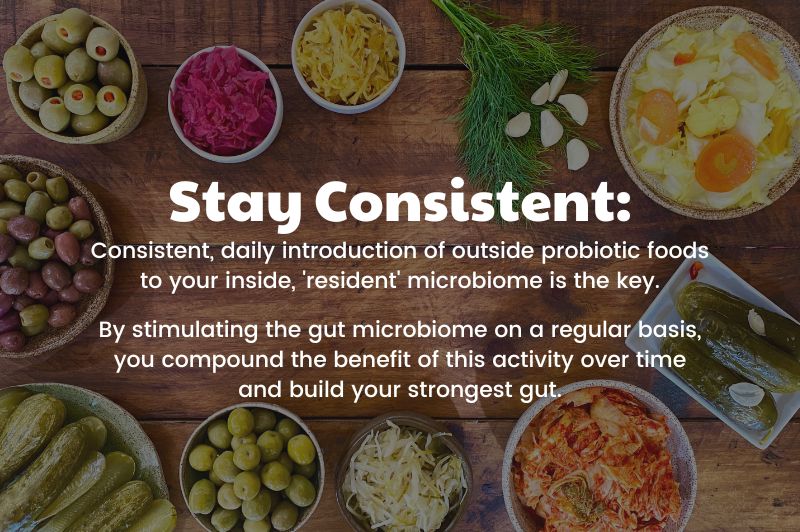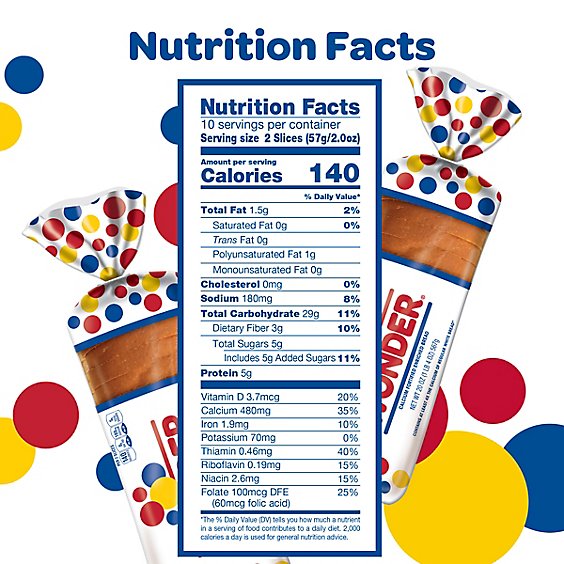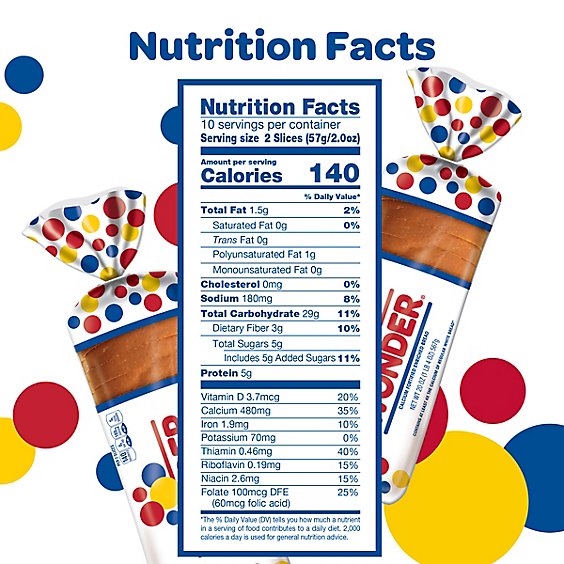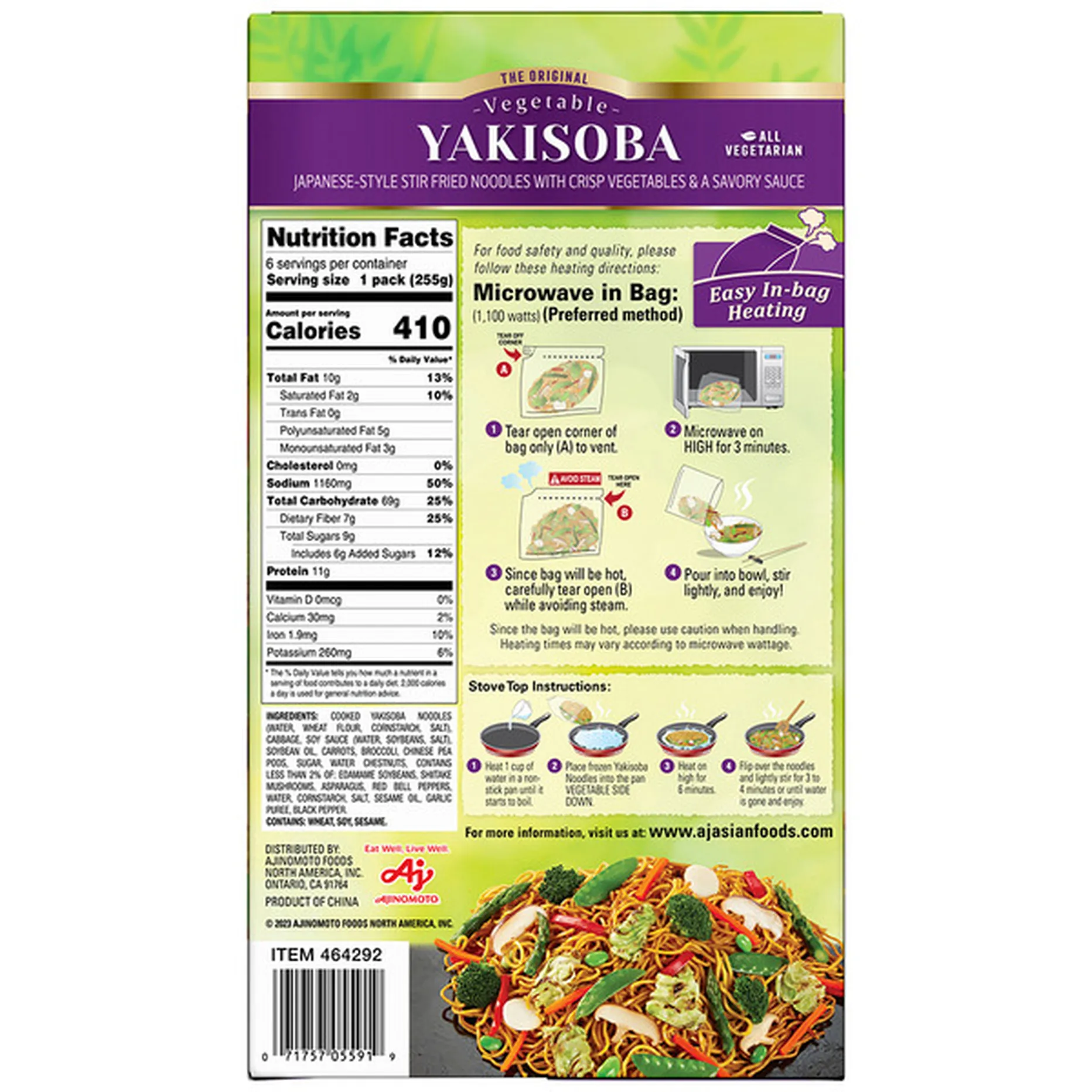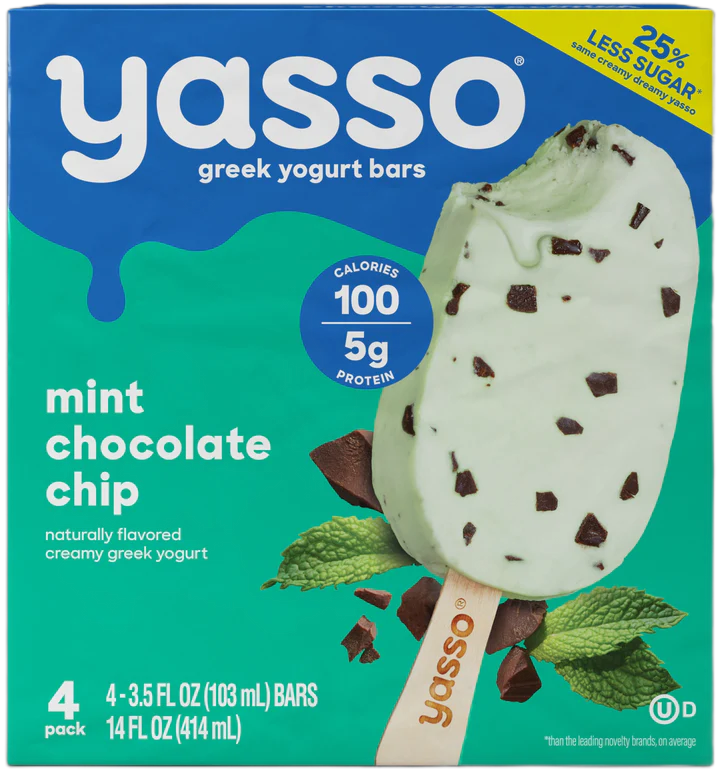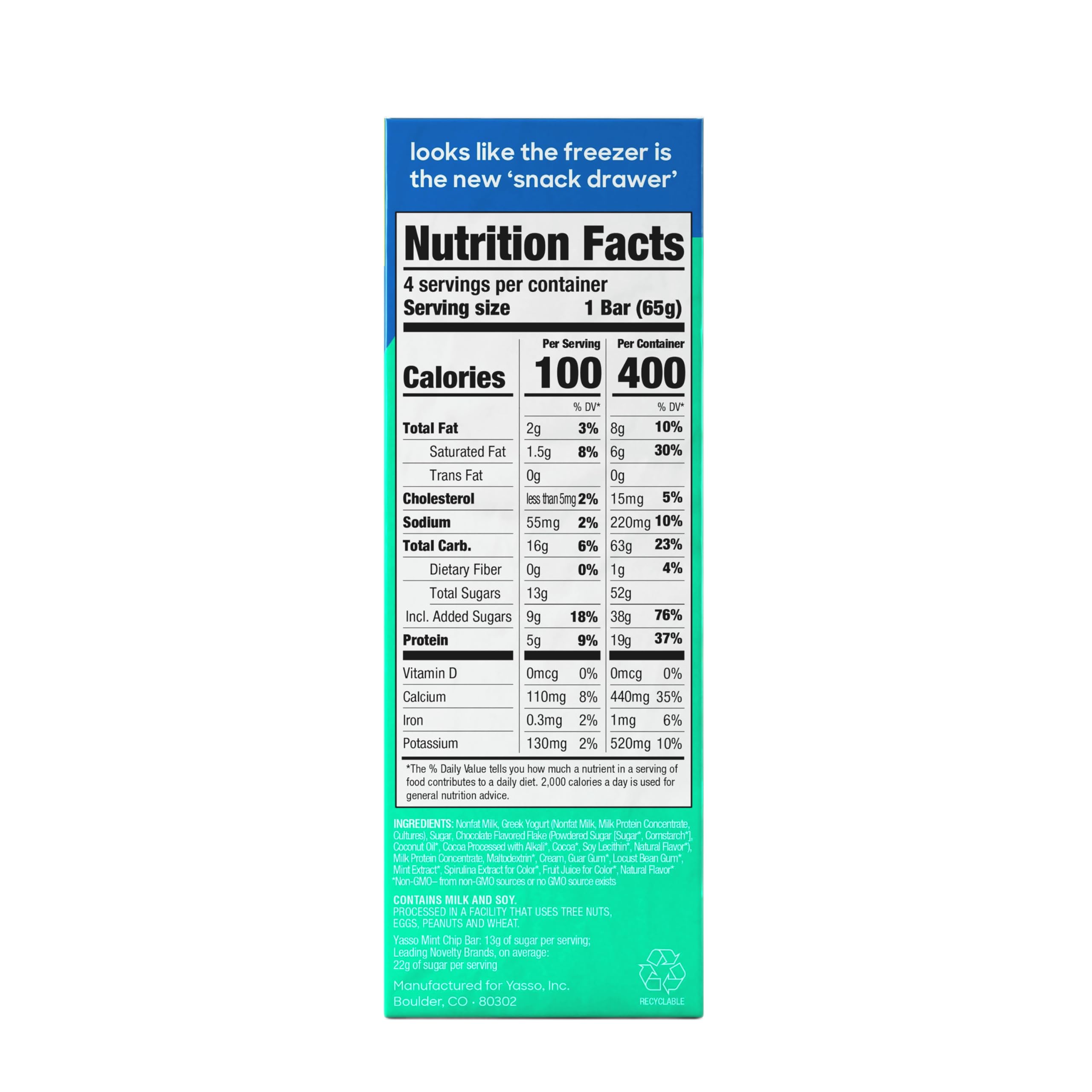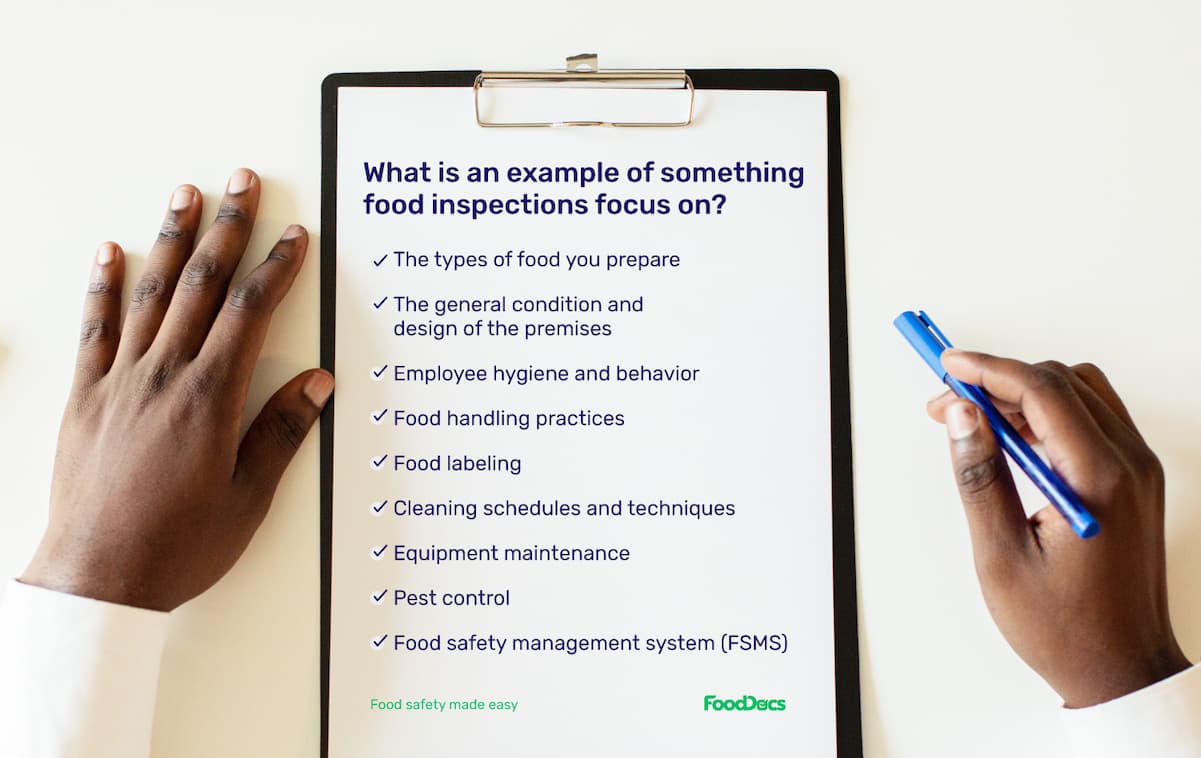
What is a Point of Focus During Health Inspections? A point of focus during health inspections is the adherence to sanitation and safety protocols. Inspectors meticulously check for cleanliness, proper food handling, and storage.
Health inspections are critical in maintaining public safety and ensuring that establishments adhere to strict hygiene standards. Restaurants, cafes, and other food service providers must pass rigorous assessments to continue operations. Inspectors assess various factors, including the correct temperatures for storing and cooking food, preventing cross-contamination, and staff hygiene practices.
Health inspections also encompass the condition of facilities, verification of licenses and permits, and the implementation of pest control measures. The outcomes of these inspections can greatly impact a business’s reputation and customer trust. Hence, staying informed about and compliant with health regulations is pivotal for any establishment serving food to the public.
Introduction To Health Inspections
Health inspections are critical checks in public spaces.
They assess how well businesses follow health codes. Restaurants, hospitals, and schools often have these inspections.
They keep everyone safe from health risks. Understanding these evaluations helps us appreciate their role in public safety.
Purpose And Importance
The primary goal of health inspections is to prevent disease. Inspectors look for any risk that could make someone sick.
Regular inspections ensure that safety standards are always met. They are vital in maintaining high public health standards.
- Reduce the spread of illness.
- Keep food and water safe.
- Ensure hygiene in public facilities.
Scope Of Inspections
Inspections cover a wide area. Inspectors check cleanliness, proper food handling, and pest control.
They also review staff health and safety training. The scope makes sure every detail is checked to keep guests safe.
| Critical Areas | Inspection Points |
|---|---|
| Sanitation | Cleaning routines, waste disposal |
| Food Safety | Storage, temperature control |
| Facility Maintenance | Equipment functionality, proper signage |
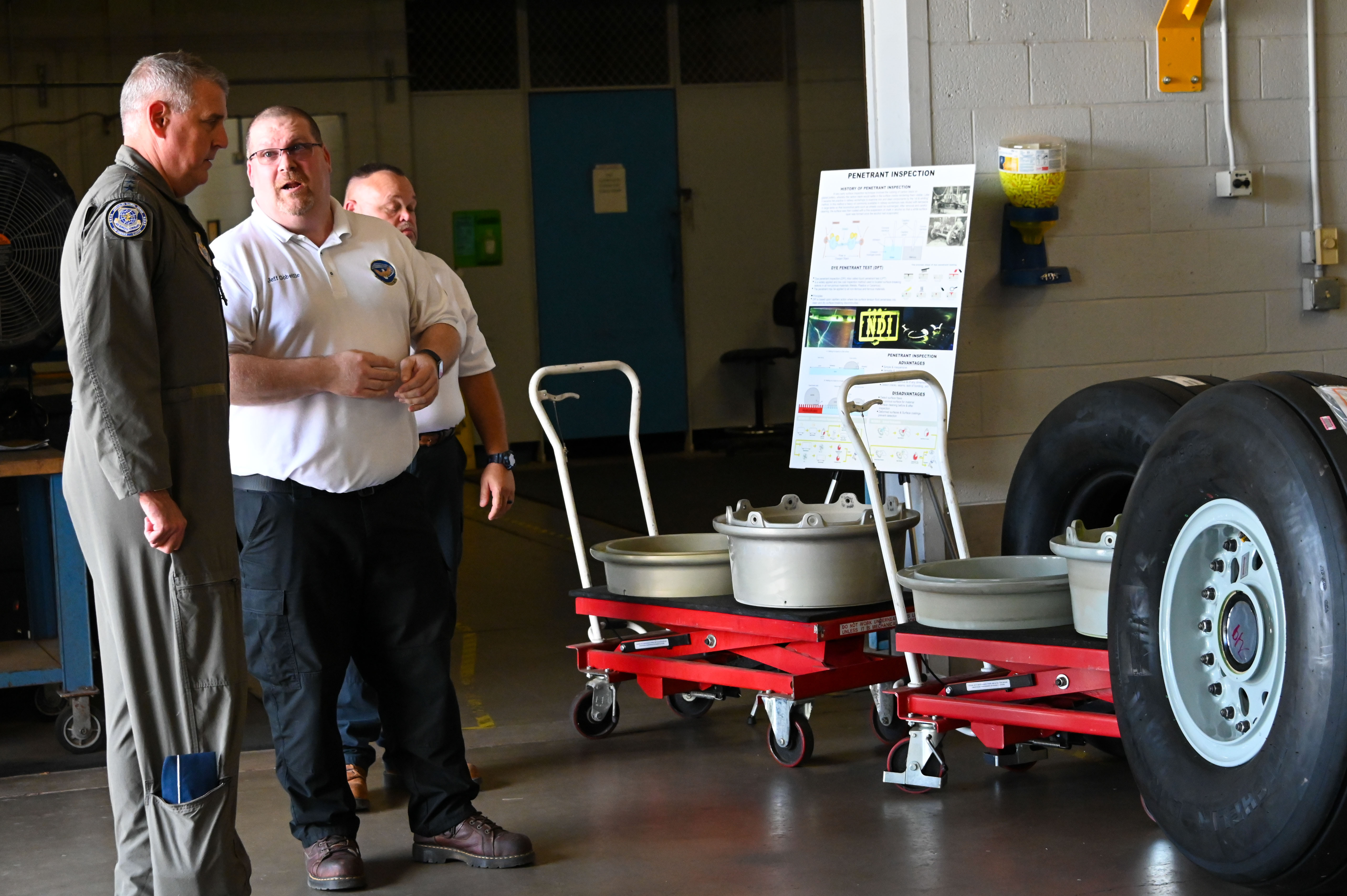
Credit: www.altus.af.mil
Sanitation Standards
Sanitation Standards: A glaring beacon during health inspections, they ensure public safety and business compliance. Without strict adherence, businesses risk both reputational harm and legal repercussions. Prioritizing cleanliness is not just about making a good impression; it’s also vital to prevent contamination and the spread of disease.
Section on Cleanliness of Facilities
Cleanliness Of Facilities
Clean as a whistle – that’s the goal for every square inch of a health-oriented establishment. Inspectors scrutinize each corner, looking for grime-free surfaces and orderly conditions.
- Floors, walls, and ceilings: Kept in impeccable shape, free from buildup.
- Kitchen and service areas: Monitored for spotless kitchen counters and tools.
- Restrooms: Must sparkle, with facilities operational and supplies in stock.
Regular deep-cleaning schedules exhibit a commitment to excellence, putting patrons at ease.
Section on Waste Management Protocols
Waste Management Protocols
Proper waste disposal is paramount. It speaks volumes about a facility’s operations. Inspectors validate the presence of a seamless system in place to tackle trash.
- Storage areas must remain organized and free from pests.
- Trash receptacles should be clearly labeled and accessible.
- Regular disposal schedules prevent overflow and contamination.
By tracking and managing waste efficiently, establishments promote a healthier environment for all.
Food Safety Practices
Health inspections focus on how well a restaurant keeps food safe. Clean kitchens and good food handling are key. This post dives into specific practices that inspectors check. Read on to learn about keeping food safe. Remember, a clean place makes for safe eats!
Storage And Temperature Controls
Keeping food at the right temperature stops bacteria from growing. Inspectors look inside fridges and freezers. They use thermometers to check the heat. Here’s what they check for:
- Refrigeration: Cold foods must stay cold, usually below 40°F.
- Freezing: Frozen goods should be kept at 0°F or lower.
- Cooking: Hot foods need cooking above 140°F.
- Reheating: Warm up leftovers to at least 165°F.
Cross-contamination Prevention
Avoiding cross-contamination is critical. Inspectors watch for food mixing that should not happen. They want to see:
| Area | Practice |
|---|---|
| Preparation Spaces | Clean, separate areas for different foods. |
| Utensils | Use distinct tools for raw and cooked foods. |
| Hand Washing | Staff must wash hands often and well. |
| Storage | Keep raw meats away from veggies and other foods. |
Equipment And Facilities
During health inspections, Equipment and Facilities take center stage. Health inspectors scrutinize these aspects rigorously. Poor equipment or layout can lead to contamination and illness. Understanding the critical nature of these inspections is vital for any food service establishment.
Maintenance And Functionality
Inspectors assess the condition and upkeep of all kitchen tools and machinery. They check to ensure everything operates correctly and safely. Here are key points they examine:
- Temperature controls on refrigerators and freezers
- Cooking equipment for proper heat settings
- Cleanliness of appliances to prevent contamination
- Regular servicing records to confirm maintenance
Design And Layout
The organization of a kitchen impacts its cleanliness and function. Inspectors look for:
- Flow of operations that reduces cross-contamination risks
- Accessibility of hand-washing stations
- Proper storage solutions for food safety
- Clear pathways for ease of movement
Kitchens should also have adequate space for preparation and storage. This promotes a clean environment where food can be handled properly.
Employee Health And Hygiene
Employee Health and Hygiene is a critical point of focus during health inspections.
Inspectors evaluate if workers know essential health protocols. Workers must follow proper hygiene practices. This protects customers from illnesses.
Training And Knowledge
Every restaurant or food service establishment must ensure that their employees receive proper training regarding health and hygiene. This training should cover:
- Disease prevention: How to stop spreading illnesses.
- Proper handwashing: When and how to wash hands correctly.
- Food contamination: Ways to avoid contaminating food.
- Recognizing symptoms: Identifying signs of illness in themselves and coworkers.
Monthly health meetings can help keep information fresh. Short quizzes can test employee knowledge.
Personal Hygiene Requirements
Personal hygiene is essential to keep food safe. Inspectors will check for:
| Requirement | Details |
|---|---|
| Clean Clothing | Employees should wear washed uniforms or clothes. |
| No Jewelry | Jewelry can harbor bacteria. It should be removed. |
| Neat Appearance | Hair must be tied back. Fingernails should be short and clean. |
| Protective Gear | Gloves or hairnets may be required when handling food. |
Proper signage reminding staff of hygiene practices is effective. Cleanliness checks can ensure compliance.
Compliance With Regulations
During health inspections, Compliance with Regulations stands out as a critical point of focus. This element ensures that establishments meet the required standards for public safety. Compliance involves a range of checks against established protocols, from cleanliness guidelines to proper food handling practices.
Local And Federal Laws
Understanding and adhering to local and federal laws is essential during health inspections. These laws protect customers from health risks. Inspectors look for strict compliance with them. This includes ensuring the business follows the latest codes on sanitation, food storage, and preparation.
- Sanitation standards to prevent cross-contamination
- Temperature controls for food safety
- Proper employee hygiene and training
Documentation And Record Keeping
Documentation and Record Keeping are pivotal during inspections. These records demonstrate a business’s commitment to maintaining food safety protocols. Inspectors review documents like:
- Training logs for staff
- Temperature logs for refrigerators and freezers
- Cleaning schedules and checklists
Accurate and up-to-date records can be a sign of a well-managed establishment. It shows the business takes health standards seriously.
Common Violations And Risks
During health inspections, certain issues crop up more than others. Identifying these common pitfalls is crucial. Inspectors check a range of components, from food safety practices to the cleanliness of facilities. Restaurants and food service establishments must stay vigilant. Ignoring these areas can lead to violations and potentially health risks for customers.
Examples Of Infractions
Some infractions are seen more frequently during inspections. Key examples include:
- Improper food storage: Meats, dairy, and produce must be kept at safe temperatures.
- Personal hygiene lapses: Hand washing and glove use are essential for staff.
- Contaminated surfaces: Cutting boards and countertops need regular sanitization.
- Pest control issues: All areas must be free from pests and their traces.
- Incorrect chemical storage: Cleaning agents should be stored away from food areas.
Consequences And Remediation
Violations can lead to severe outcomes. These include:
| Consequence | Remediation |
|---|---|
| Fines and citations: Penalties for non-compliance with health codes. | Address issues immediately to avoid further penalties. |
| Temporary closure: Serious risks might shut a business down. | Develop a corrective action plan and train staff accordingly. |
| Reputation damage: Customer trust can plummet with health infractions. | Implement strict protocols to restore confidence. |
Remediation steps include proper staff training, revising food safety protocols, and sometimes hiring professional cleaning services. Quick and thorough action is key to getting a health inspection back on track.
Preparing For An Inspection
Preparing for a health inspection sets the stage for passing with flying colors. A focus point during health inspections is showcasing your commitment to public safety and hygiene standards. Effective preparation not only impresses inspectors but also ensures a safe environment for staff and customers. Let’s delve into essential steps for a successful health inspection.
Self-auditing Tips
The following self-auditing tips will keep a restaurant ready:
- Inspect Your Establishment Regularly: Treat every day as if an inspector might walk in. Check everything from food storage to equipment cleanliness.
- Follow Health Codes: Ensure all staff know and follow the local health codes. These are the rules inspectors will check against.
- Train Employees: Training is crucial. Staff should understand their roles in keeping the environment clean and safe.
- Review Past Inspections: Learn from past mistakes. Tackle any repeat issues to show improvement and dedication.
Creating A Corrective Action Plan
A corrective action plan resolves issues before they become critical:
- Identify Problems: Start by spotting any compliance gaps during your self-audit.
- Develop Solutions: For each issue found, outline specific steps to fix it.
- Assign Tasks: Make sure each team member knows their specific responsibilities in the action plan.
- Set Deadlines: Time-bound goals ensure tasks are completed promptly.
- Document Changes: Keep records of what’s been fixed to show inspectors your proactive approach.
After The Inspection
Once health inspectors leave, the real work begins. It’s time to dive into their feedback. This phase turns a lens on the future of a facility’s hygiene and safety practices. It sets the stage for improvement and compliance.
Understanding Results
Clarity is key when reviewing inspection reports. Each point in the document highlights specific areas of concern. Facility managers should be meticulous. They need to fully comprehend each remark and grade.
- Identify critical and non-critical issues.
- Focus on violations that need immediate action.
- Consult with health departments for unclear terms.
It’s important to keep track of all findings. Create a checklist from the report. This ensures that nothing gets overlooked.
Implementing Recommendations
The next step is to act on the inspector’s suggestions. Swift and effective action demonstrates commitment to high standards. Customarily, the report outlines necessary measures to rectify issues.
| Action Item | Responsible Party | Completion Date |
|---|---|---|
| Repair leaky faucet | Maintenance Team | MM/DD/YYYY |
| Update food storage practices | Kitchen Staff | MM/DD/YYYY |
- Assemble a team to manage each task.
- Set deadlines for the completion of each recommendation.
- Provide training and resources needed to address issues.
Regular follow-ups ensure tasks meet their deadlines. Remember to document changes. Documentation proves compliance and improvements made.
Never disregard a minor suggestion. Even small fixes can have a big impact on overall health and safety.

Credit: www.statefoodsafety.com

Credit: healizm.com
Frequently Asked Questions For What Is A Point Of Focus During Health Inspections
What Triggers A Health Inspection?
Health inspections are typically triggered by routine scheduling or due to customer complaints and reported incidents. Inspectors frequently assess restaurants and food service establishments to ensure compliance with local health codes.
Are Health Inspection Criteria Universal?
No, health inspection criteria vary by region but generally focus on food safety, hygiene, and facility conditions. Standards are set by local health departments reflecting national regulations and guidelines.
How Often Do Health Inspections Occur?
Health inspections occur regularly, often semi-annually or annually, but frequency can increase if an establishment has had previous violations or if it poses a high risk due to its food processes.
What Are Critical Violations In Health Inspections?
Critical violations pose an immediate threat to public health, like improper food handling, presence of pests, or poor employee hygiene. These require immediate action to correct. More details at the website link.
Conclusion
Understanding key points of focus during health inspections is crucial for maintaining high standards in any establishment. Regular assessments, tailored training, and compliance upkeep enhance safety and public trust. Embrace these practices to ensure your facility not only meets but exceeds health inspection criteria, promoting a culture of excellence in hygiene and care.


